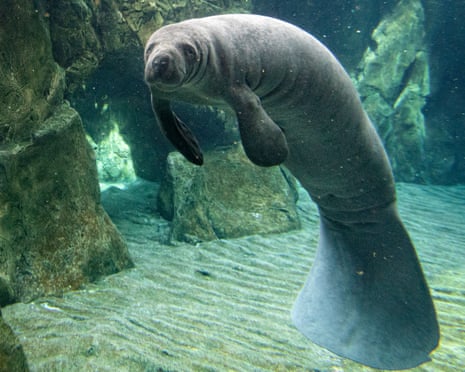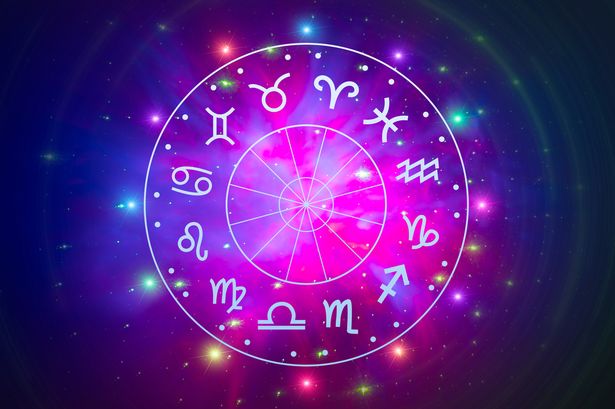In her debut novel, Beasts of the Sea, Finnish author Iida Turpeinen explores the tragic extinction of the Steller’s sea cow through interconnected stories of historical figures linked by their fascination with the massive sirenian. The narrative begins in November 1741, when naturalist Georg Wilhelm Steller becomes shipwrecked on an island between Alaska and Russia. There, he encounters the enormous Hydrodamalis gigas, soon to be recognized as Steller’s sea cow. Despite surviving a harsh winter by hunting these creatures, Steller and his fellow expedition members departed the island in August, only to witness the sea cow vanish within 30 years due to relentless hunting.
Turpeinen’s novel weaves the lives of various characters, each deeply affected by the fate of the sea cow, now reduced to mere bones. Among them is Hampus Furuhjelm, the governor of Alaska, who seeks a complete skeleton for his collection, and his sister Constance Furuhjelm, who finds solace and independence through her passion for taxidermy. The tale also introduces Hilda Olson, a scientific illustrator, and John Grönvall, an expert in reconstructing birds’ eggs, who is tasked with preparing the relics of the sea cow for exhibition.
Throughout the narrative, the characters grapple with their ambitions and desires for recognition, particularly in the context of scientific nomenclature. While Steller’s wishes come to fruition through his specimens, both he and Olson experience their contributions overshadowed by their gender. This highlights the historical dismissal of women’s intellectual contributions, as seen in Constance and Olson’s struggles.
As the narrative unfolds, Turpeinen adeptly navigates complex themes surrounding scientific collection and its inherent destructiveness. The characters, particularly Steller and Grönvall, reveal the ethical dilemmas of their pursuits. The author skillfully employs a flowing present tense, transitioning seamlessly between characters and maintaining an engaging pace.
The emotional depth of the novel is evident, although some sections feel less focused. The story involving the Furuhjelm siblings, including Hampus’s wife Anna, occasionally lacks clarity, as the connections between them become muddled. Similarly, Hilda Olson’s character experiences a rapid overview that leaves her potential unexplored.
Turpeinen also raises poignant questions about scientific responsibility and the broader implications of extinction. A conversation between Olson and her employer touches upon differing philosophies regarding understanding animals, yet the exploration of these ideas often feels rushed. The novel hints at the tragic consequences of human actions on biodiversity but does not delve deeply enough into these critical themes.
Overall, Beasts of the Sea is an engaging read, characterized by beautiful prose and thoughtful insights. Despite its smooth narrative, the story leaves readers yearning for a deeper exploration of the characters’ inner lives and the moral implications of their actions. The novel serves as a reminder of the fragility of life and the urgency of remembering the past.
Published by MacLehose at a price of £16.99, Beasts of the Sea has garnered acclaim in Finland for its captivating storytelling and profound themes. For those interested in the intersections of history, science, and human emotion, this novel offers a compelling perspective on the echoes of extinction and the legacies we leave behind.







